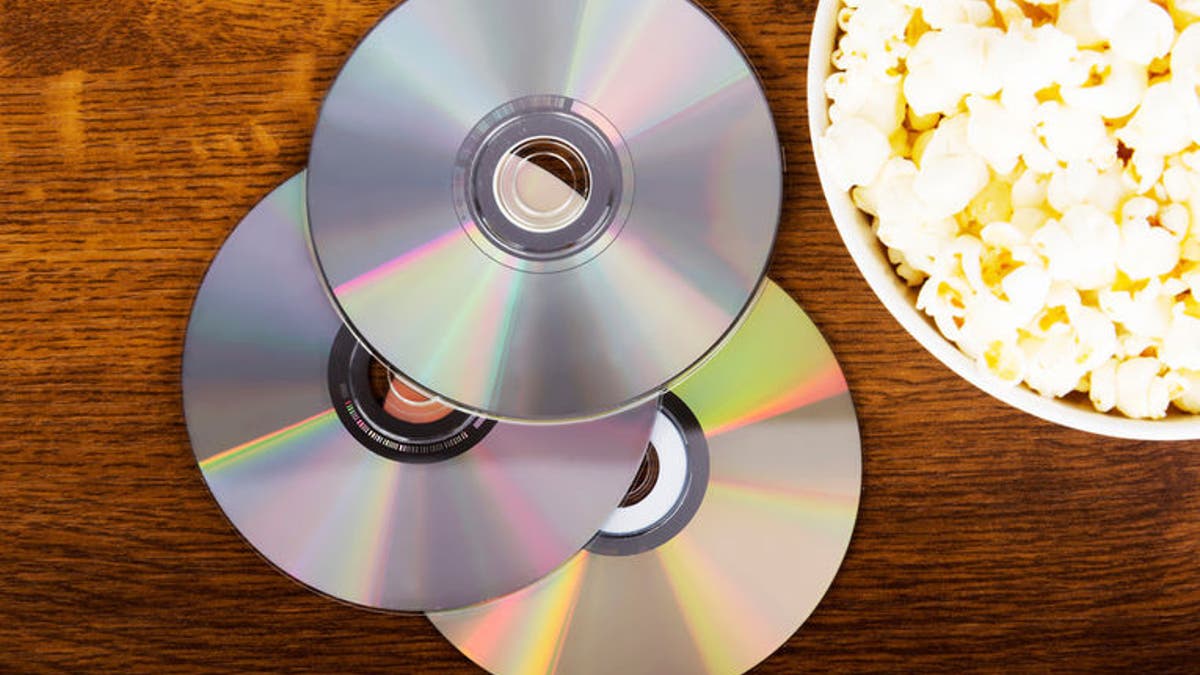
The shift from film to digital affected how we recorded these memories and changed the way we viewed home movies. If you want to guarantee that you’ll be able to view your movies in the future, you’ll need to digitize those memories now.
Many of us have our movies saved on old film or videotape that we last touched in the 1990s. Film and tape decay over time and are incredibly susceptible to damage from natural elements. Once you digitize your home movies, your memories will be safe and accessible for future generations. Here are some options for preserving your home movies.
Do It Yourself
Some people have opted to digitize their movies themselves. The process can be time-consuming, but you will have more control over your memories.
VHS: There is a DIY method for digitizing your VHS tapes. First, you must find a VHS player. If you don’t have one anymore, you can easily find one online.
You will need to purchase an analog converter to connect to your computer. Make sure whatever computer you’re using has a DVD drive, which you will need to install the software. You’ll connect the analog converter to your computer via USB, and the remaining three plugs connect to the VHS player.
Then, you can capture any footage from the VHS tape worth keeping. Make sure you save it as a .mov file and transfer it to the necessary folder on your computer.
It is important to understand that restoring video is not magic. If the original quality of the VHS tape was poor, it will be difficult to improve the quality using your standard home equipment.
Film: You can buy a film projector and try to convert your old film to a digital format, but there are a lot of things that can go wrong. Film conversion is much more complicated, so I would advise you to consult with a professional before trying to do this yourself.
Hire a Professional
Most forms of home movies, including 8mm video, MiniDV and VHS, can be digitized by a professional. You may find a local pro that can handle this conversion, or you can ship your home movies to a company that specializes in digitizing film and tapes.
When selecting a professional, you should make sure the company you choose improves the quality by eliminating static or white noise from the recording, or by restoring the color. I have worked with many different companies during my years as a photo organizing professional, such as Charter Oak Scanning, Digital Memory Media, Forever, FotoBridge (for which I am an adviser) and Pro8mm.
Ever-changing technology: Keep in mind that DVD players are becoming scarce, so I recommend having your movies returned to you on a flash drive as well as a DVD. You’ll also want to have the professional return your movies as a .mov file. We can’t know with certainty how our movies will be played in the future, but a .mov file will last for years while the DVD player becomes more obsolete with each passing day. Your .mov files will be compatible with most other devices, such as your computer, that you’ll want to use to play back the home movies.
Store Your Home Movies
Original version: Once your home movies are digitized, keep the original film or tape. You can store your film in an archival safe box to further protect it from time and the elements. Archival boxes are sturdy and made of materials that have no chemicals or any harmful additives that can cause damage to precious genealogical records or artifacts. A great resource for the purchase of boxes and other organizational items is Archival Methods.
RELATED: Store the Original Film or Tape in a New Media Cabinet
Digital version: Most professionals, including myself, recommend that you store your final digital rendering of your home movie on an external hard drive so the quality will not diminish. However, saving to the cloud is a good idea to back up your home movies and an easy way to share them with others.
RELATED: The Difference Between Free vs. Paid Cloud Storage
Share Your Movies
Websites such as YouTube and Vimeo allow you to upload your home movies and share them with others. You can also make your memories password-protected so that your movies will only be seen by the people you want to see them.
Edit your movies: Uploading your movies to a website may open the door to further inspiration. You may choose to edit your home movies together to create a story with deeper and more cohesive meaning.
Many professional photo organizers also offer movie-editing services. If you want to do it yourself, movie-editing software is easier than ever to use. The iMovie application is automatically installed on Apple computers, and you can also invest in software such as Final Cut Pro or Adobe Premiere for more control over your edits. Compiling clips of a specific person or of family traditions into one movie often results in emotional responses at family gatherings.
Enjoy the Results
Digitizing your home movies will extend their lifetime by decades, making them accessible for future generations. I hope that when you begin digitizing your movies, you will discover some treasures about your family and your history, since you may not have viewed the movies in years.
RELATED: Sectional Sofas for the Whole Family to Watch Home Movies From
Resources: You can find professional photo organizers in your area on Houzz and through the Association of Personal Photo Organizers, which certifies photo organizers after they pass a series of tests, provide letters of recommendation, learn best practices and ethics, and complete a minimum of 20 hours of paid service.



















